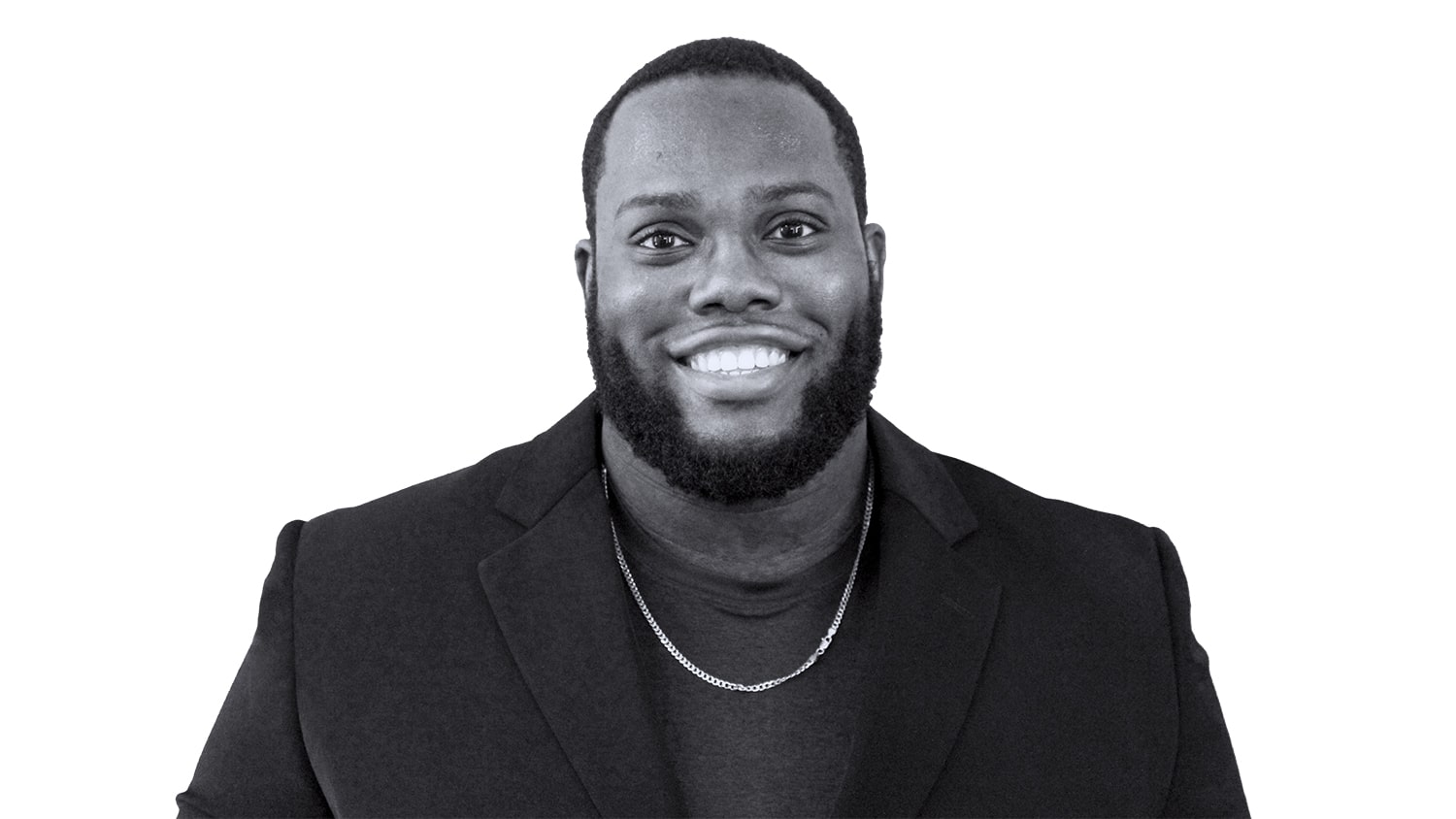
Timothy Holder has always felt pulled toward varying interests — medicine, wearable devices, racquetball, exploring new places and philosophy, to name a few.
Holder, who graduated with a Ph.D. in biomedical engineering last month, has settled on psychophysiological systems — used to investigate the interaction of the mind and body, encompassing many of his aforementioned interests — as his main research focus for his next chapter, particularly in regard to human-robot interactions. He defended his thesis in July, and he moved to Boston to start a two-year postdoctoral fellowship at the Massachusetts Institute of Technology (MIT) in September.
“It’s not what I expected to be doing, but in a good way,” Holder said. “[It’s something] I am more interested in doing, now that I’ve matured as a researcher and as a person.”
Holder was born in Barbados, and his family moved to Ohio in 2006, when he was 11 years old.
“The Barbados primary education system might be a little ahead of America’s, on average, but the secondary education here is leaps ahead of most of the world, so getting onto that track, I ended up having the best of both worlds,” he said.
Holder earned his B.S. in chemistry and engineering from Washington and Lee University in Lexington, Virginia. He’d long been interested in the medical field, initially thinking he wanted to pursue his M.D. But toward the end of his undergraduate years, he came across work that interfaced electronics with living systems, and he realized that was his true interest. He could still help people through medicine, but he could do it in a more indirect way, which suited his introverted nature.
During his Ph.D., Holder was advised by Alper Bozkurt, a professor in the Department of Electrical and Computer Engineering and deputy director of the Center for Advanced Self-Powered Systems of Integrated Sensors and Technologies (ASSIST).
Bozkurt’s iBionics Lab strives to focus on the development and use of implantable and wearable biomedical microsystems for various in vivo and in vitro applications at different biocomplexity levels. The lab performs research at the intersection of bioMEMS (micro-electro-mechanical-systems), microelectronics, biophysics, electrochemistry and robotics.
During his time in the lab, Holder worked on several research projects, and he wrote his thesis on a project analyzing human-canine interactions using wearable devices, including, a smart collar and harness on the dogs, and the ASSIST health and environment tracker (HET) wristwatch and the Empatica health monitoring system on humans.
The research’s ultimate goal is to use this data to optimize animal therapies for people with cancer or post-traumatic stress disorder, and to also have a better understanding of working animals, including guide dogs and police dogs.
Out of the lab, he also took advantage of playing on two collegiate club racquetball teams, becoming one of the top 300 players in the world. He hasn’t played as much since moving, but he made close friends on both teams.
“When I was in Raleigh over the summer, I was playing a lot. I think you could say maybe my Ph.D. could’ve taken half-a-year less,” he joked.
Holder focused first on the wearable devices, bringing five separate ones into a system, looking at how they communicated and what they were measuring as a whole. He also helped design effective experimental setups, and he specifically was looking into human-canine bonds by analyzing psychophysiological data. Since dogs are non-verbal, this kind of data is critical to understanding their stress levels, performance on given tasks, or feelings toward their human partner. Ultimately, he found that canine-human relationships had affective peaks and lows, and that there were some psychophysiological signals more useful in dyadic analysis — studying a social network of two — than others.
While Holder was not initially a dog lover, he does now have one of his own, a 10-pound maltese- shih tzu mix named Prince.
“He’s a big wagger, and he’s really cute,” he said.
In his new role at MIT, Holder won’t be working directly with animals, but he’ll continue to analyze psychophysiological data using artificial intelligence and wearable devices, specifically in relation to human-robot communication and trust. He is doing research for the Interactive Robotics Group of the Computer Science and Artificial Intelligence Laboratory led by Julie Shah, professor in the Department of Aeronautics and Astronautics, and for the group led by Katya Arquilla, an assistant professor in the same department.
“They reached out to me, and when I started, I felt very out of my depth,” he said. “But then I realized it’s analogous to human-canine interactions, as the robot has a task to complete but is often also limited in communication capability. We are trying to add the social and emotional side of the equation to the mechanics and control aspects of embodied robotics, so, it made perfect sense to bring in someone like me.”
People tend to think of designing a turbine or building a spaceship when they think of aeronautics, but Holder’s work on psychophysiological systems is a key component to advancing AI-assisted flight missions. Understanding how a fighter pilot reacts to and controls an autonomous drone, for example, is an important factor in advancing unmanned aerial vehicle technology.
Above all, he wants to continue expanding his interests and deepen his understanding of people. “I studied bonds, in human-canine interaction, I study trust, now, in human-robot interaction,” he said, “And potentially I will get to study fulfillment [in all human interactions], which is my passion.”
The original article is found here.